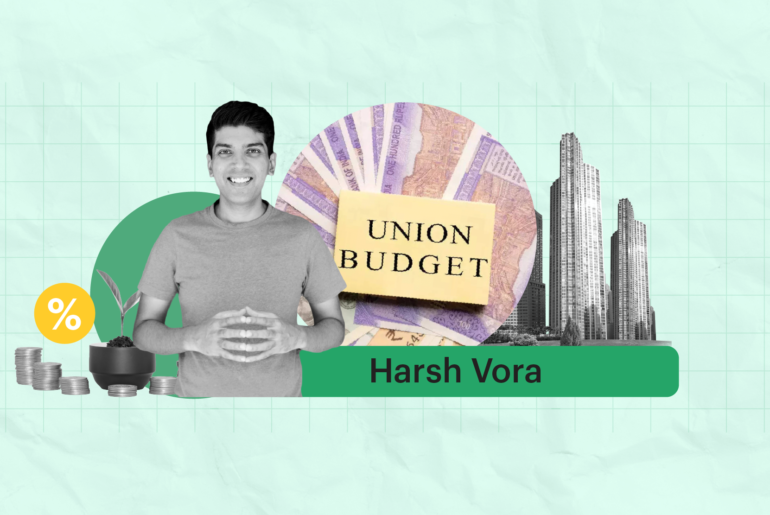Last Updated on Mar 24, 2021 by Manonmayi
In Feb this year, Paris-based International Energy Agency (IEA) had warned a decline in global demand for oil. As predicted, the demand for crude oil was hammered and the price fell by over 30% on 9th Mar 2020, the sharpest decline since the Gulf War of 1991. This development resulted in certain remarkable consequences.
- Russia denied oil production cut
- The OPEC deal became void
- Saudi Arabia initiated oil price war
But now, the tables have turned. With this premise, let us zoom-in into the matter.
Table of Contents
What did the latest OPEC meeting render?
The demand for oil across the globe is estimated to have declined by ~30 million barrels per day (bpd) with over 3 billion people locked down due to the COVID-19 outbreak. Further, UBS and Goldman Sachs forecasted that Brent prices would nose-dive to $20 per barrel because oil output cut alone may not be enough to address the slack in oil demand.
On Sunday, the 12th April 2020, after four days of delay and mulling over, the OPEC meeting finally bore fruits. The OPEC members and non-OPEC members led by Russia finally agreed to cut crude oil production. The oil-producing countries have agreed to cut production for May and June by 9.7 bpd, which translates to ~10% of global supply. Further, the total global supply could be ~20 million bpd (20% of global supply).
Notably, this cut in the oil production is over 4 times deeper than the last record cut of 2008. While the curbs on oil production are expected to be gradually relaxed after June, these are here to stay until Apr 2022. A special mention in the oil output cut goes to the US and its President Donald Trump, who pushed the OPEC countries and non-OPEC countries to take the step so as to curb the decline in the oil price.
Why is the US interested in oil production cut?
The deadly novel coronavirus has not only challenged the health of people but also the well-being of economies across the globe. As such, countries are doing what they can to curb the spread of the deadly novel coronavirus. Same goes with the US.
However, the measures to curb the spread of COVID-19 challenged the economy on many fronts. A hammered demand for fuel and significantly low prices of oil pressurised the budgets of shale oil producers and threatened the domestic oil industry. This is mainly because oil-producing companies incur heavy costs in the production of shale oil. Naturally, the US is looking to protect its oil industry from extremely low prices, which would threaten its domestic industry.
How far did the US go to broker the oil production deal?
Besides agreeing to cut its share of oil output, the US also volunteered to downsize its production by an additional 2,50,000 bpd on behalf of Mexico. Of course, the US made it very clear that it would like to be compensated in the near future but didn’t mention how. Why this strategic suggestion from the US? Because Mexico, which was supposed to cut 4,00,000 bpd, refused to strike the OPEC deal and America, who brokered the deal, just can’t let its efforts go to waste. For more context, here’s what’s cooking behind the scenes.
Mexican government owns Pemex, an oil-producing company, which is the backbone of its economy. Therefore, cutting oil production means bad news for Mexico. Especially because all is not well with Pemex. The state-run oil-producing company has to its credit a debt of $100 billion and a decline in production for 15 years now among other woes.
Nonetheless, Mexico offered to start cutting output by up to 1,00,000 bpd immediately. However, Saudi Arabia refused to take it fearing other countries would follow suit and make counteroffers, which make things worse. But it very clear that Mexico can’t afford production cut. Then why did it even make such a counteroffer in the first place? Well, we can just that Mexico has a trick or two up its sleeves.
The smart Mexican hedge plan
Well, genius is in preparing for worse and the Mexican government did just that. Each year, it buys put options worth billion dollars. These are contracts that that come in handy when oil prices hit rock bottom. These contracts give Mexico a right to sell oil at a pre-decided price within a predetermined duration. So should the oil prices fall below the predetermined level, Mexico can exercise its right and sell oil without incurring ugly losses.
Now let us get to the roots of the matter. What ensued production cut proposal and oil price war?
What triggered the oil price war?
Saudi Arabia, a member of the Organization of the Petroleum Exporting Countries (OPEC) had demanded Russia, a non-OPEC member to cut production of crude oil due to increased production of American shale oil and escalating concerns over COVID-19. However, the OPEC failed to strike a deal with the non-OPEC after Russia denied Saudi Arabia’s demand. To this, Saudi Arabia responded by flooding the market with low-cost crude oil, which triggered a steep fall in the oil price level. Worse, it initiated an oil price war.
Why was Saudi Arabia looking to cut oil production?
In Sep 2016, Saudi Arabia (an OPEC member) and Russia (a non-OPEC member) had agreed to cooperate and manage oil prices. This was essential to protect the economies of both oil-producing and purchasing countries from severe price volatility. Fast forward to now when COVID-19 has dampened the global demand for oil and triggered price reductions. This has resulted in losses for the oil-producing countries.
Since OPEC’s main objective to address such dire situations, the member nations had proposed the production cut, which would curb overproduction of oil and control the prices. But with Russia’s denial to agree, the OPEC deal to cooperate and manage oil prices became void and triggered an oil price war.
Was this any good to India?
India is the world’s 3rd largest crude oil and 4th largest liquefied natural gas importer and imports ~80% of its crude oil needs. Every $ rise in the price of oil inflates our annual import bill and adds ~Rs 11,482cr to it. This results in a balance of payments and a lower value of the rupee. On the micro-level, fuel-dependent companies would transfer higher costs to end consumers and push inflation. With this premise in mind, let us delve into the matter.
The oil price war seemed to have brought good news to India, mainly because our major demand for oil is met via imports. Sample this, every $ drop in the price of a barrel of crude oil cuts India’s oil import bill by Rs 10,700cr annually. Further, every $10 reduction in the price of crude oil helps us save $15bn or 0.5% of GDP.
Given a massive current account deficit, fiscal deficit, and skyrocketing inflation, and not to forget a falling GDP, the oil price war would benefit India on many fronts. But the real benefit of oil price cut would only be seen if at all the government passes on the benefits to the end consumers.
How would the agreement to cut oil production affect India?
As mentioned, India imports the majority of its crude oil demand, which means our import bills are sensitive to high oil prices. The recent agreement to cut oil production has worked like a charm and on Monday, the 13th Apr, oil prices rallied over ~$1 a barrel. This will naturally add to our import bills and would also increase the consumer’s expenses. Also, India is considering to buy the commodity to replenish oil reserves.
- Best Performing Index Funds in India (2025) - Jun 5, 2025
- Issue of Shares – Meaning, Types, Examples and Steps - Jun 4, 2025
- Banking Mergers in India – List of Merged PSU Banks, Advantages, and Challenges - Jun 3, 2025





